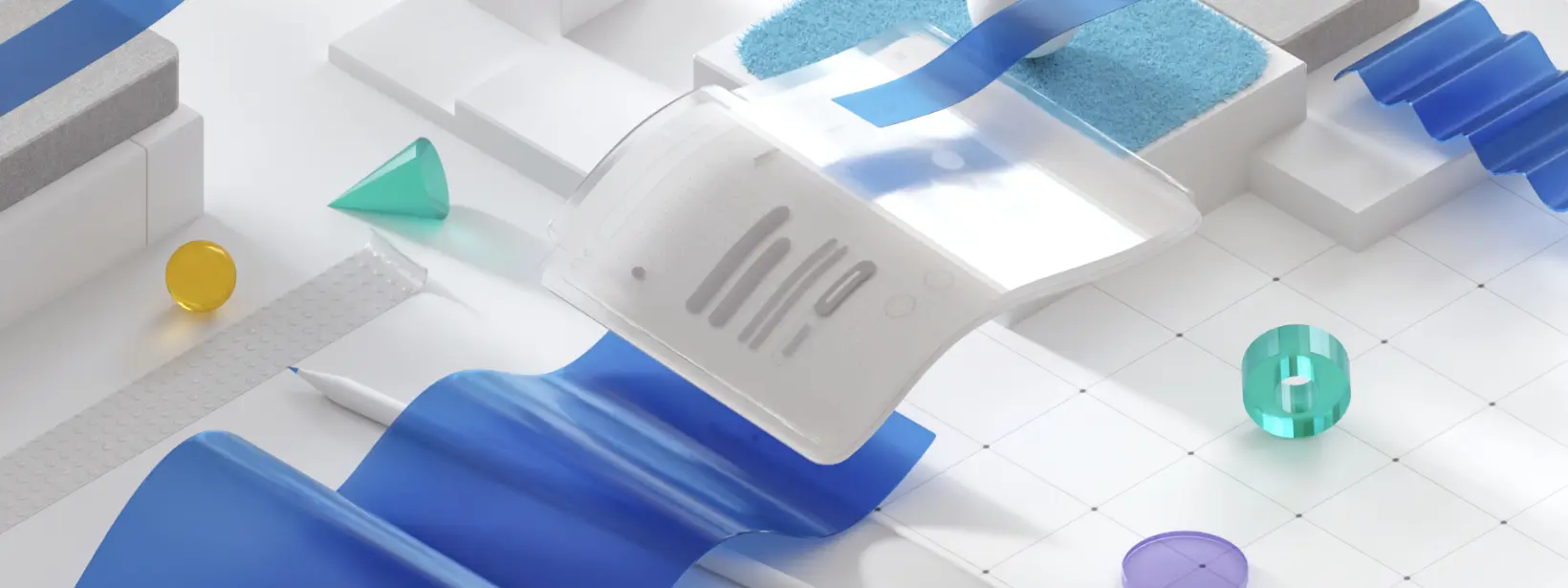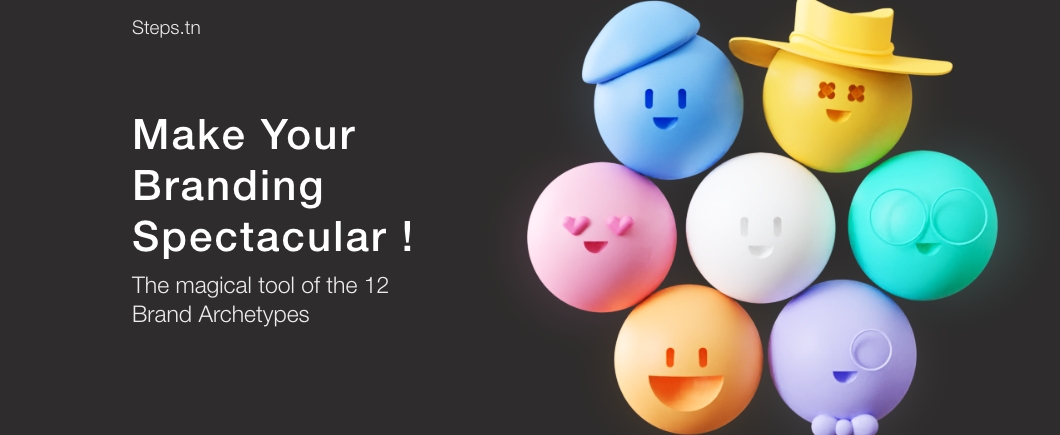Do you feel like your company sometimes lacks personality? Does it lack character? Do you not know what tone you should communicate to your customers with? Customers need your brand to make them feel a certain way, and there’s one eye-opening way to do that! That tool is called the 12 Brand Archetypes.
What are Brand Archetypes?
This tool works like magic, and will make your company and brand come to life! They were first put in place by psychiatrist Carl Jung. He claims that they’re personality archetypes that are innate to our subconscious mind. After reading this article, you will be able to find these personalities all around you, whether that’s in your friends, family or colleagues.
95% of our purchasing decisions are made subconsciously, according to Harvard Professor Gerald Zaltman. This is why it’s extremely important to target this emotional connection.
There are 12 archetypes in total, and each of them targets a specific human desire. Picking your brand archetype depends on your customers’ desires.
“There’s no need to go over every archetype because they’re innate to our subconscious minds, so you already know them!” That’s an example of something a brand with The Jester archetype would say! However, this article is for learning purposes.
The 12 Brand Archetypes:
The Magician
Magicians target the desire of power. Magicians want their customers to feel like their dreams can come true. A perfect example of a Magician brand is Disney, especially with their slogan “Where dreams come true”.
The Hero
Heroes on the other hand target the desire of mastery. They like to stand up for what’s right. Additionally, they’re there to protect and inspire, and also to promote self-belief. To appeal to heroes, you need to inspire them and make them feel like they will succeed. Nike does this well with their slogan “Just do it.”.
The Lover
Lovers are the romantic archetype. They target the desire of intimacy. Therefore, lovers desire to be desired. To appeal to them, use sensual language and tone. Alfa Romeo is the perfect example of a lover brand, with their slogan “The Mechanics of Emotion”.
The Jester
Jesters are the class clowns, the jokers. They target the desire of enjoyment. They aim to help people see the lighter side of life. Consequently, your aim as a jester brand is to connect with your audience through happiness and joy. A good example of a Jester is M&M’s with their fun and goofy advertisements.
The Everyman
The Everyman brand archetype targets the belonging desire. Their primary goal is to belong. They’re likeable, but can be easily forgotten. Your brand’s main message will be saying that it’s okay to be normal. IKEA is a perfect example of an Everyman. You don’t always have them on your mind, but you remember them when you need them.
The Caregiver
Caregivers like to give. They target the desire of service. Their main aim is to protect and care for others, especially the ones in need. Ultimately, caregivers want their customers to feel safe and secure. UNICEF is a perfect example of this.
The Ruler
The Ruler desires control above all else. They’re confident, responsible and carry a sense of intimidation. Rulers want to feel superior, like they’re part of a V.I.P club. Rulers need to make their customers feel like they’re at the top of the success ladder. Mercedes-Benz really proves that they’re rulers with their slogan “The best or nothing.”.
The Creator
Creator brands target the innovation desire. Creators want to create and experience something new that wasn’t previously there. Creator brands need to celebrate and encourage creativity in order to appeal to their customers. Apple is a great example of a Creator brand, and their slogan “Think different.” reinforces that.
The Outlaw
Outlaws are the revolutionary archetype. They want to make the world a better place. They target the desire of liberation, hence their dislike of any rules that would rob them of their freedom. To appeal to Outlaws, your brand needs to denounce and defy the Status Quo. The character Robin Hood perfectly describes how outlaws’ personalities are.
The Innocent
Innocent brands target the desire of safety. Innocents just want everyone to be happy above everything else. They’re honest, pure and tend to see the beauty in everyone. Innocents need to feel like their inner beauty is recognised. Your brand can do this with constant positive communication. Dove is a perfect example of this, especially with their use of models of all shapes and colours for their advertisements.
The Explorer
Explorers like to put themselves outside of their comfort zones. Therefore, they target the desire of freedom. They’re individualistic in their approaches. However, the passion they have inspires others to join them on their journey. Challenging explorers is the way to appeal to them. Indiana Jones is the perfect example of an explorer.
The Sage
The sage is a seeker of wisdom, knowledge and truth. They target the desire of understanding. They want to understand the world and share that knowledge with others. To appeal to sages, you need to acknowledge their intelligence. They expect only factual and well-researched information. Google is a perfect example of this, which is why they use the slogan “Don’t be evil”. Yoda is also another great example of a sage.
How to use Brand Archetypes?
A good first step to use Brand Archetypes is to figure out which archetype your brand relates to the most. However, that will not be enough, because your end goal is to make your brand unique. If you don’t, people tend to forget about you. That is where Archetypal mix and sub-archetypes come into play.
Archetypal mix is all about mixing archetypes together to create your brand. However, it’s essential to have one core archetype that represents most of your brand personality. Otherwise, you will have what’s called a confused brand. Think of it like a juice mixed with a large number of fruits. It will end up not tasting like any of the fruits, and it will be a confusing combination to drink.
As for sub-archetypes, these are archetypes that are equal in every way to the main archetypes. They just specialise in different areas. After all, each main archetype is also listed as a sub-archetype.
At last, Brand Archetypes are a magical and complex topic, and it can be very difficult to navigate them. Which is why at STEPS, we’re here to help you. Contact us now, and we will make sure to get in touch. Together, we will elevate your branding to the next level.





